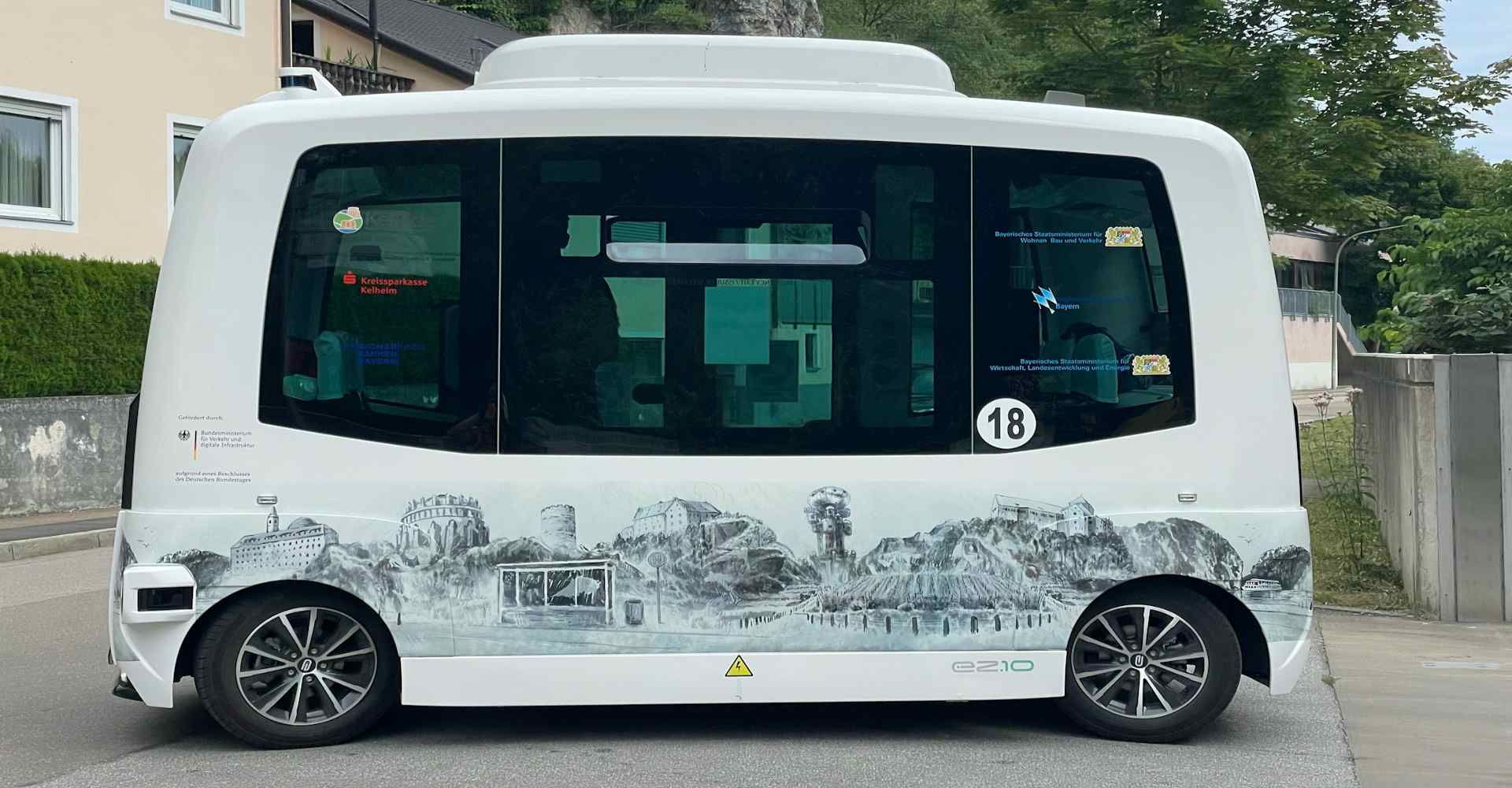Autonomous mobility is changing public transportation, especially in regions with significant accessibility challenges. The ArtMED project drives this transformation within the Interreg Euro-MED region by integrating Autonomous Mobility on Demand (AMOD) solutions to create efficient and sustainable mobility systems. This article explores how AMOD is shaping the future of transport and ArtMED’s contributions to this transformation.
Introduction to Autonomous Mobility
What is Autonomous Mobility?
Autonomous Mobility refers to transport systems that function without a human driver, using advanced technologies like artificial intelligence and sensors. It ensures efficient, safe, and reliable movement. Autonomous Mobility on Demand (AMOD) is a specific approach where driverless vehicles are available upon request, offering personalized and accessible transport services to users.
Historical Context and Development of AMOD
The concept of autonomous mobility has rapidly progressed from early experimentation to real-world solutions. Today, AMOD systems provide personalized, technology-driven solutions to regions underserved by traditional transit systems, using AI to adapt to user needs in real-time.
The Importance of Autonomous Mobility on Demand (AMOD)
Solving Transportation Challenges
AMOD addresses key issues in transportation, particularly in sparsely populated areas where access to reliable public transit is limited. By using advanced technology, AMOD offers a flexible and efficient alternative to traditional public transport, helping decrease the reliance on private vehicles and improving accessibility.
Autonomous Mobility vs. Traditional Public Transport
While traditional public transport follows fixed routes and schedules, AMOD is more adaptable. It allows users in remote areas to access transport when and where they need it, making it an ideal solution for the unique challenges of the Interreg Euro-MED region.
ArtMED’s Role in Autonomous Mobility
ArtMED is committed to transforming public transport by deploying AMOD across the Interreg Euro-MED region. The goal is to improve accessibility and efficiency while promoting sustainable practices that reduce environmental impact. ArtMED supports the Green Living Areas Mission, aiming to reduce reliance on personal vehicles and foster healthier communities. A key objective is to cut carbon emissions by 72%, significantly contributing to regional environmental goals.
Improving Public Transport Accessibility and Sustainability
Transport Challenges and Connectivity Solutions
In many Interreg Euro-MED areas, public transportation is unreliable or unavailable. This impacts people who need access to essential services—such as elderly residents needing medical care or children traveling to school. ArtMED seeks to address these gaps by implementing AMOD solutions that make transportation more adaptable and accessible.
The flexibility of AMOD offers a solution for regions lacking proper infrastructure. On-demand transport services can connect isolated communities to essential services, reducing dependence on private vehicles and improving social inclusion.
Reducing Carbon Emissions with AMOD
Autonomous mobility can drastically reduce transportation emissions. In regions where people heavily depend on personal cars, implementing AMOD provides a more sustainable way to travel, directly contributing to cleaner environments. ArtMED’s goal to reduce CO2 emissions by 72% through AMOD deployment will help create a cleaner and more sustainable Euro-MED region, benefiting both local populations and ecosystems.
Empowering Public Transport Authorities (PTAs)
ArtMED provides Public Transport Authorities (PTAs) with essential tools and training to effectively plan and implement AMOD systems. These resources include data analysis tools and the AMOD impact assessment tool, which help PTAs make informed decisions about how to incorporate AMOD into their regional transport strategies.
ArtMED also customizes its support to meet local needs, ensuring optimal deployment of AMOD solutions. This tailored approach takes into account the unique geographic, demographic, and socio-economic conditions of each area, leading to more effective and impactful mobility solutions.
The AMOD Impact Assessment Tool and Future Pilot Projects
The AMOD impact assessment tool helps PTAs evaluate economic viability, environmental impact, and user satisfaction to support better planning. This tool will be piloted in Slovenia, Portugal, Italy, and Greece. Allowing these regions to accurately assess the effects of AMOD will play a crucial role in ensuring successful implementation and demonstrating the benefits of autonomous mobility.
Stay Tuned with ArtMED!
Want to keep up with the latest developments in sustainable autonomous mobility? Follow our journey and see how we’re transforming public transport in the Euro-MED region. Stay updated here.


